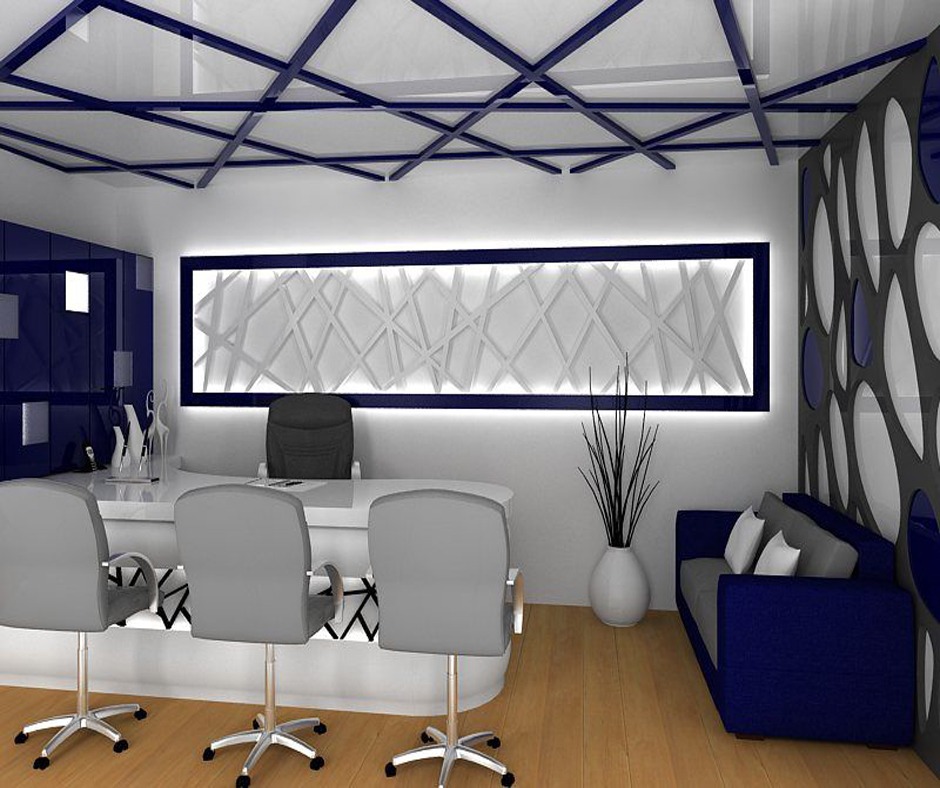Interior design is a dynamic field that combines creativity, functionality, and aesthetics to transform spaces into beautiful and harmonious environments. While there is no one-size-fits-all approach to design, there are several fundamental rules that every designer should keep in mind. In this article, we will explore seven essential rules of interior design that can guide designers in creating well-balanced and visually appealing spaces.
Balance:
Balance is a key principle in interior design, and it refers to the distribution of visual weight in a space. Achieving balance involves arranging elements, such as furniture, colors, and textures, in a way that creates a sense of equilibrium. There are two types of balance: symmetrical and asymmetrical. Symmetrical balance involves mirroring elements on either side of a central axis, while asymmetrical balance relies on the careful arrangement of different elements to create a harmonious composition.
Scale and Proportion:
Understanding scale and proportion is crucial for creating visually pleasing interiors. Scale refers to the relative size of objects in relation to each other and the space they occupy. Proportion, on the other hand, involves the relationship between different elements and how they relate to the overall space. It’s important to consider both scale and proportion to ensure that furniture, accessories, and architectural features are appropriately sized for the room.
Harmony and Unity:
Harmony and unity in interior design create a sense of cohesion and consistency throughout a space. This can be achieved through the use of a consistent color palette, repeating patterns or textures, and a cohesive design theme or style. By maintaining harmony and unity, designers can ensure that all elements in a room work together to create a visually pleasing and well-designed space.
Rhythm and Repetition:
Rhythm and repetition add a sense of movement and visual interest to an interior. Rhythm can be achieved through the repetition of colors, patterns, or shapes. By incorporating rhythm into a design, designers can guide the eye through a space and create a sense of flow. Repetition reinforces the design theme and creates a cohesive look by using similar elements throughout the space.
Focal Point:
A focal point is a visually dominant element that draws attention and serves as the centerpiece of a room. It could be a fireplace, a piece of artwork, or a unique architectural feature. The focal point helps anchor the design and provides a point of interest for the eye. By creating a focal point, designers can establish a visual hierarchy and add depth and personality to a space.
Contrast:
Contrast is about creating visual interest and highlighting different elements in a space. It involves the use of contrasting colors, textures, or shapes to create a dynamic and visually appealing design. Contrast can be achieved by pairing light and dark colors, rough and smooth textures, or geometric and organic shapes. It adds depth and dimension to a room and helps create a visually stimulating environment.
Functionality:
While aesthetics are important, it is crucial to prioritize functionality in interior design. Understanding the needs and lifestyle of the occupants is essential in creating a space that not only looks beautiful but also serves its intended purpose. Designers should consider the flow of the space, the ergonomics of furniture and fixtures, and the practicality of materials and finishes. Balancing functionality with aesthetics ensures that the design is both visually pleasing and practical for everyday use.
Conclusion:
By following these seven fundamental rules of interior design, designers can create well-balanced, visually appealing, and functional spaces. Understanding the principles of balance, scale, proportion, harmony, rhythm, focal points, contrast, and functionality provides a solid foundation for designing interiors that meet the needs and desires of clients while creating beautiful and harmonious environments.


